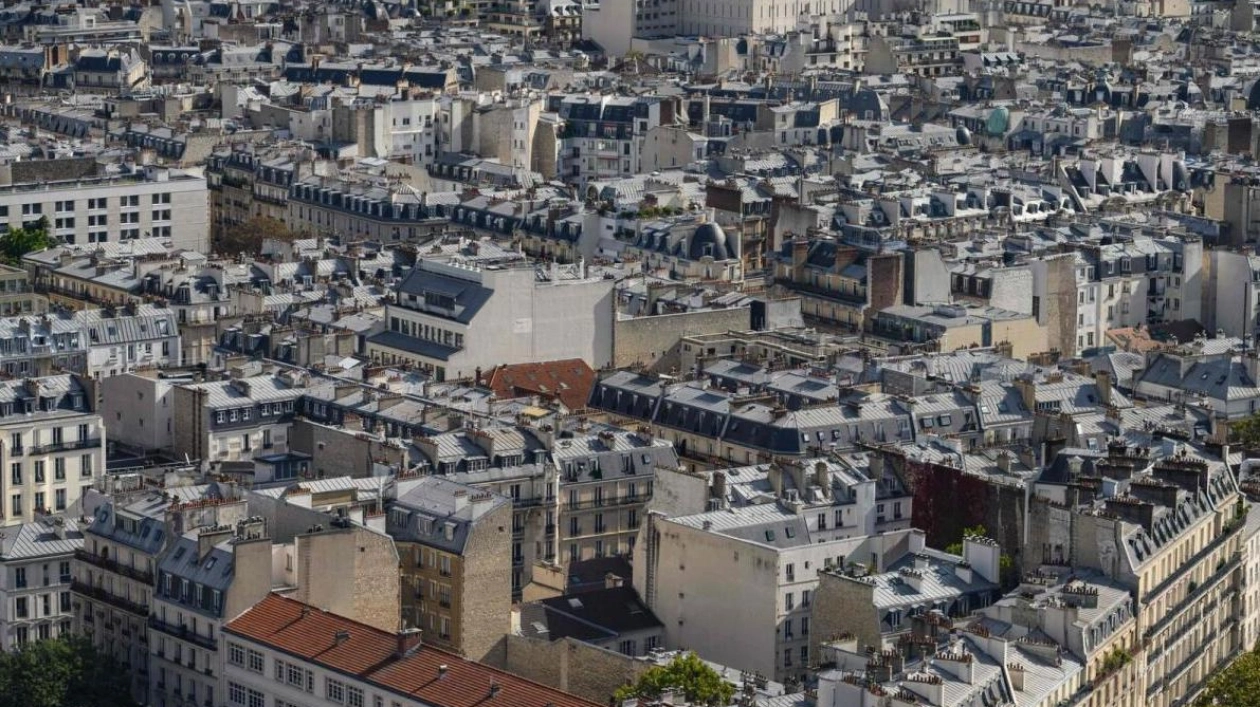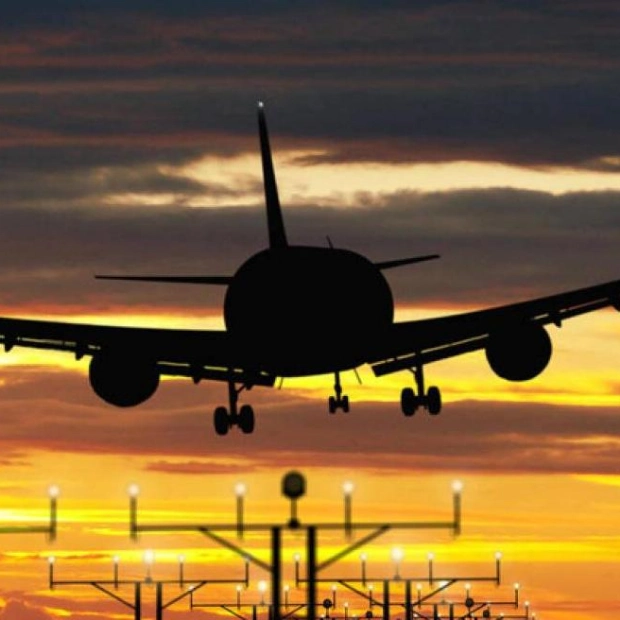The opposition claims that residents have left the capital due to 'unbearable urbanization' caused by excessive construction. — AFP
Parisian authorities are urgently seeking to reverse the ongoing decline in the number of residents in the city's center, which has decreased by approximately 10,000 annually over the past decade. Within the 'Peripherique' ringroad, Paris currently has 2.1 million inhabitants, which is about 140,000 fewer than in 2013. The surrounding region, known as 'Ile de France,' has a population exceeding 12 million.
The exodus from the European Union's most densely populated capital has caused concern at city hall, where the municipal council is preparing to discuss a new urban development plan (PLU) proposed by Mayor Anne Hidalgo, a Socialist, and her allies. The goal is to improve the quality of life in the capital over the next decade and beyond, aiming to halt the departure of middle-income residents and families, particularly by increasing affordable housing and helping residents adapt to climate change impacts.
The conservative opposition, led by Rachida Dati, France's culture minister and Hidalgo's most vocal rival, argues that people have 'fled' the capital due to what they describe as an 'unbearable urbanization' resulting from excessive construction. 'You can't breathe in Paris anymore,' stated opposition politician Pierre-Yves Bournazel. Plans to raise existing buildings would worsen the issue, creating 'street canyons,' according to his party.
Longtime Hidalgo ally Ian Brossat, a communist senator, countered that Parisians need 'social and affordable' housing to stay, noting that the city has never before invested as much in homes for lower-income residents as it does currently. Beyond political disputes, experts identify several post-war trends that explain the decreasing number of central Paris residents.
The primary factor is the improving quality of housing and the consequent increase in living space per citizen, according to Jean-Christophe Francois, a geography professor at Paris Cite University. 'As comfort levels rose, cheap and overpopulated housing was replaced by larger and more expensive homes,' he said. Many small apartments, where families were cramped together, were combined over the years into bigger units for fewer people, transforming 'an appalling density into something more reasonable,' he added.
A rising divorce rate and people moving out of the city during the Covid pandemic further contributed to the trend observed since the 1960s. However, experts point out that the most significant recent factor is a sharp increase in rarely-used second homes in the capital—often owned by wealthy foreigners—and a surge in short-term rentals like those offered on Airbnb.
The Apur urbanism agency reported that the number of primary residences has been steadily declining in the capital, despite more homes being built—a phenomenon shared with cities like New York or London. This has led to rising rents and a reduction in rental units available to newcomers. 'With Airbnb, we have lost 26,000 homes in central neighborhoods,' Hidalgo told AFP.
The city hall's draft development plan proposes a ban on new Airbnb rental spaces in tourist areas like Montmartre or the Marais. Hidalgo's allies also advocate for higher taxation on second homes in the capital.
Source link: https://www.khaleejtimes.com






